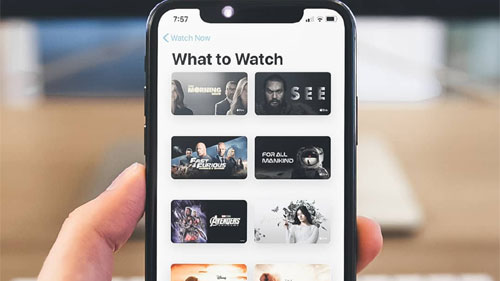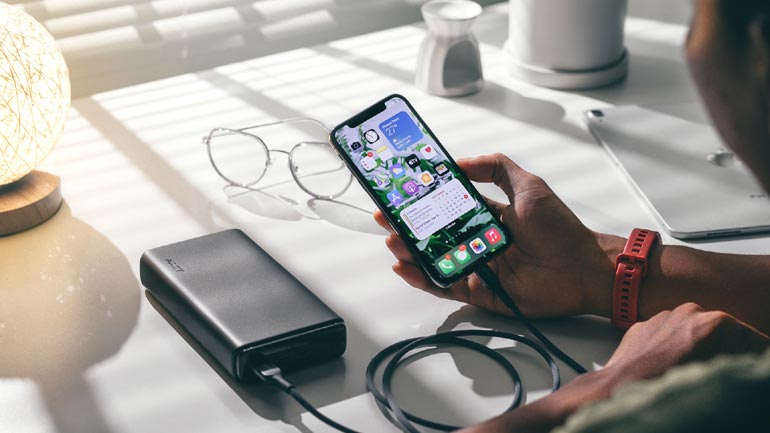Since the dawn of time, people have shown a need to communicate. Today, we continue to develop and improve in the evolution of communication and a way to connect at work.
The Evolution of Communication
Around 40,000 years ago, people began communicating through cave drawings.
3100 BC:
The writing was developed, at Sumer, as a cuneiform script on clay tablets.
1448:
Johannes Gutenberg created the first movable type printing workshop.
Business continued looking for quicker, more efficient ways to obtain information.
1837:
The telegraph allowed multinational corporations to run regional operations from a head office.
1876:
Thanks to Alexander Graham Bell, leaders and employees instantly shared information.
Between 1936 and 1938, the modern computer was invented in Konrad Zuse’s parents’’ living room, forever changing the way we work.
1961:
The Compatible Time-Sharing System allowed up to 30 users to log in at the same time and send messages to each other.
1964:
Motorola’s Pageboy I, The first successful consumer pager, was introduced and used predominantly by medical professionals for on-site communications.
1973:
The first mobile phone was introduced by Motorola, impacting how people connected outside of the office.
The Birth of the Internet
Technological advancements continued changing the way people worked. Jobs began to require more social and analytical skills and less manual labor.
1983:
The internet nicknames the “network of networks,” was born, doing communication immediately and even more frequent.
1989:
Until this point, the email could only be sent between users in the same network. CompuServe’s internet-based email service allowed people to email anyone in any network.
Frontier Technologies kicked employee collaboration up a notch in 1996 with its “intranet Genie,” which supported everything’s from document sharing to employee communication.
The Great Mobile Awakening
The combination of mobile phones and the internet allowed employees to work anytime, anywhere.
1992:
The 1st Smartphone, IBM’s Simon, was announced. People could utilize the Simon phone to make calls, an send and receive email, faxed & pages.
Neil Papworth sent the first text message in 1992. But without keyboards on mobile phones, he had to type the message on a PC.
1997:
Nokia’s 9000i Communicator was the first mobile phone with a full keyboard, but it was not until 1999 that texts could be sent between different cellular networks.
1999:
The BlackBerry revolution began, enabling emails to be checked while on-the-go.
2007: Steve Jobs introduced iPhone at the Macworld convention.
2007 marked the first year that Americans sent and received more text messages per month than phone calls.
2008:
The Apple App Store made its debut with 500 original apps. But in the advance wold, top mobile app design and development services providers are building apps for business, communication, entertainment, health industry, etc.
With software available on Smartphone’s, companies began connecting with employees with the click of a screen and a simple’s pop-up notification.
The Future of Strategic Communications
- The Bring Your Own Device (BYOD) trend will further increase employees’ availabilities and links at work.
- Hyper-personalization will go beyond office wall colors and dive into the way people want to work and communicate.
- App, email, and SaaS tools will facilitate an even more distributed workforce.
- Constantly changing devices and more remote jobs will demand leaders to focus on communication strategy tools and planning.
Evolving technology and employee needs to make workforce communications an essential piece to the business success puzzle. Let us know how do you see the evolution of communication in your life.






Its very informative